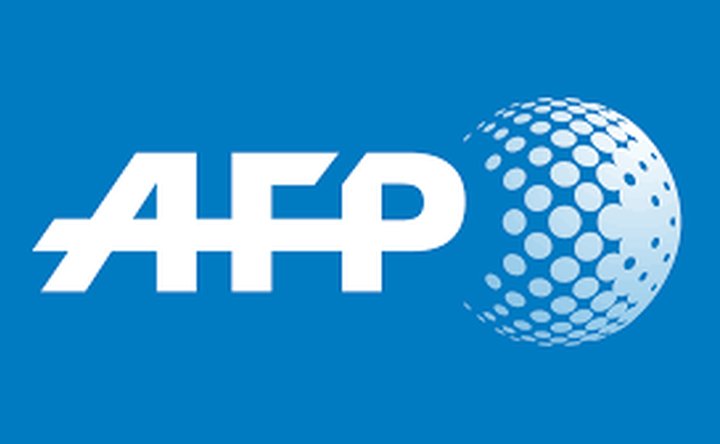Two Koreas agree to remove some border guard posts
The two Koreas on Friday agreed to each remove 11 guard posts along the heavily-fortified border next month with a goal to possibly remove all of them in the future, senior military officials said.
The agreement made between generals from the two sides came as diplomatic thaw between the former wartime foes gathered pace.
South Korean President Moon Jae-in and the North's leader Kim Jong Un previously agreed on a broad plan to ease tensions along the border during their third summit in Pyongyang last month.
During Friday's talks aimed at fleshing out details, the two sides agreed to withdraw all troops and weaponry from the 11 guard posts along the border and destroy them by the end of November, according to a joint statement released by Seoul's military.
'The two sides also agreed to hold working-level talks to remove all remaining GPs based on the progress of the test removal of 11 GPs,' it said after the talks held at the border truce village of Panmunjom.
Panmunjom -- or the Joint Security Area (JSA) -- is the only spot along the tense, 250-kilometre (155-mile) frontier where soldiers from the two Koreas and the US-led UN Command stand face to face.
But as part of the latest reconciliatory gesture, the two Koreas on Thursday removed all firearms and guard posts from the area, leaving it manned by 35 unarmed personnel from each side.
The two nations technically remain at war after the 1950-53 Korean War that sealed the division of the peninsula ended with a ceasefire instead of a peace treaty.
But ties improved markedly this year as Moon -- a dove who advocates dialogue with the isolated, nuclear-armed North -- and Kim took a series of reconciliatory gestures.
The two sides also finished removing landmines at the JSA -- which has been increasingly used for talks between the two Koreas -- last week as part of the deal between Kim and Moon.
More from Defence Notes
-
![Canada set to look away from its neighbour and across the Atlantic for partners]()
Canada set to look away from its neighbour and across the Atlantic for partners
While non-EU UK struggles to join the Security Action for Europe initiative, which provides loans for defence programmes, Canada has become the first country outside Europe to get access – and did so for a nominal fee.
-
![NATO experiments with solutions to integrate networks, AI and uncrewed systems]()
NATO experiments with solutions to integrate networks, AI and uncrewed systems
During the latest edition of the NATO DiBaX, the alliance tested multiple capabilities to inform requirements for future efforts.
-
![Leonardo unveils plans for Michelangelo air defence dome]()
Leonardo unveils plans for Michelangelo air defence dome
The new multi-layered defence system will harness AI to neutralise airborne threats and protect Europe from Russian aggression.























